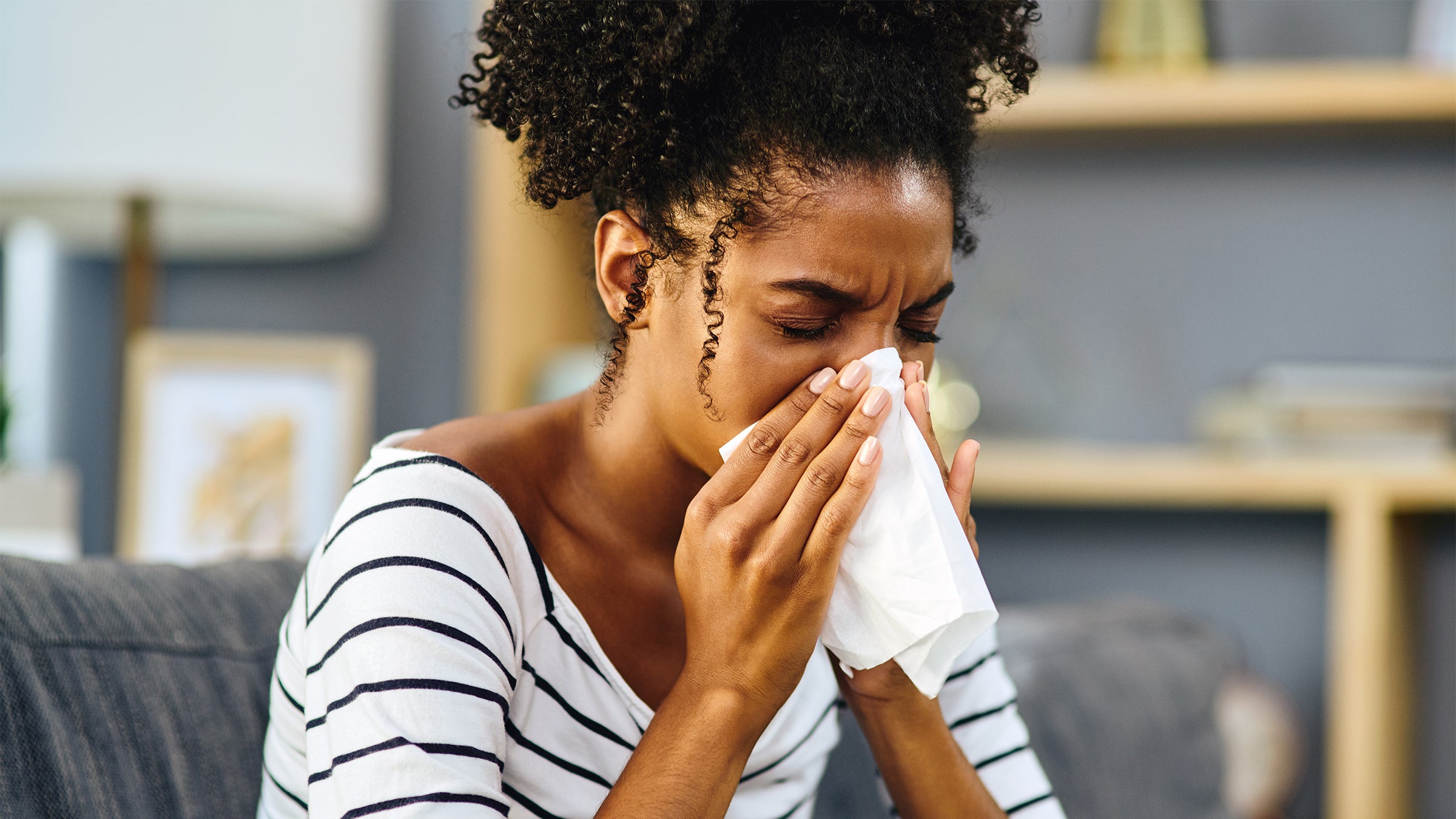5 Myths and Facts About Immunity

With cold and flu season upon us, there’s good reason to question the most common parables about immunity. Here, we leverage science to help deconstruct five of the most fabled assertions about health and the human condition.
Myth: Vitamin C prevents colds.
Truth: Not really, but it may reduce suffering time — a little bit. Meta-analyses examining whether prophylactic doses (200 milligrams) of vitamin C could prevent a cold revealed that there was no reduction in the frequency of catching a cold and only a little evidence — 8 to 14 percent — that it helped reduce the duration of colds. However, when looking specifically at skiers and marathoners in training, researchers found that a 200-plus-milligram dose of vitamin C cut their odds of getting a cold in half. If you regularly do high-intensity workouts, ensure you get your daily recommended 75 milligrams either through supplementation or through diet by way of dark leafy greens, bell peppers, tomatoes and sweet potatoes.
Myth: You should feed a cold and starve a fever.
Truth: Meh, sort of. There is an iota of veracity to this 16th century axiom, but in absence of conclusive scientific evidence, whether you should nosh really comes down to honoring your body cues. Fevers often spike because of bacterial infection, which also can cause nausea and suppress appetite, so it stands to reason that you’re probably not craving a pepperoni pizza if your temp is on the rise. In these instances, don’t force a feeding but rather focus on hydration. Colds, on the other hand, are viral and might not put a governor on your appetite, so go ahead and eat if you’re hungry.

Myth: Exercise increases immunity.
Truth: Yep. According to the National Institutes of Health, regular exercise does appear to increase immunity and can help prevent certain illnesses such as cardiovascular disease, Type 2 diabetes and several types of cancer. Physical activity improves circulation, which helps distribute immune components throughout your body and helps flush bacteria from your lungs and airways. It also can cause an increase in antibodies and white blood cells to help detect illness earlier, and the rise in core body temperature because of exercise may prevent bacteria from growing and multiplying. Don’t overdo it, though: Long-duration endurance training and too-frequent bouts of high-intensity interval training can introduce inflammation and raise the risk of infection in an overtaxed immune system.
Myth: A yogurt a day keeps the doctor away.
Truth: Negatory. Fermented foods that contain live cultures play a strong role in maintaining your microbiome and supporting immunity, but no single food can bulletproof your health, whether consumed habitually or not. Wellness guru Frank Lipman, M.D., recommends adding a small helping of a variety of foods such as sauerkraut, kimchi, miso, kefir and raw, organic apple cider vinegar to your menu a few times a week to help your gut bacteria thrive. And be sure to limit your consumption of sugar and refined flour, which research shows can spark inflammation and suppress immunity.

Myth: Soap and water is better than hand sanitizer for killing germs.
Truth: You’re all washed up: According to the Centers for Disease Control and Prevention, sudsing up on the reg with soap and water helps reduce the amount of all types of infectious germs and chemicals on your hands, while sanitizer only reduces certain kinds. Moreover, alcohol-based sanitizer indiscriminately kills all bacteria, including any good bugs found on your skin’s surface, and could lead to bacterial immunity: A 2018 study published in Science Translational Medicine showed that multiple strains of bacteria tested in a hospital setting had “adjusted” to sanitizers and were able to survive for longer periods, even after a good dousing. That same study found that many of those alcohol-tolerant microbial strains also could not be treated with last-line antibiotics. So yes, it’s prudent to keep sanitizers on hand as pinch hitters, but it’s way better to simply soap up.